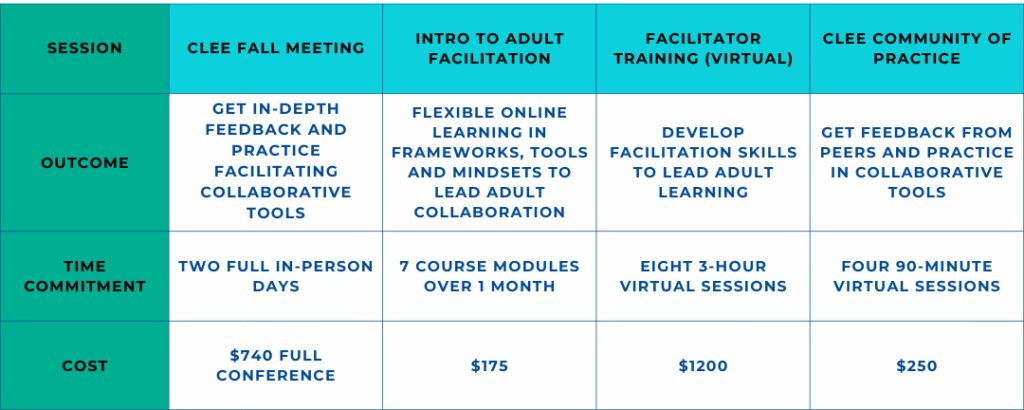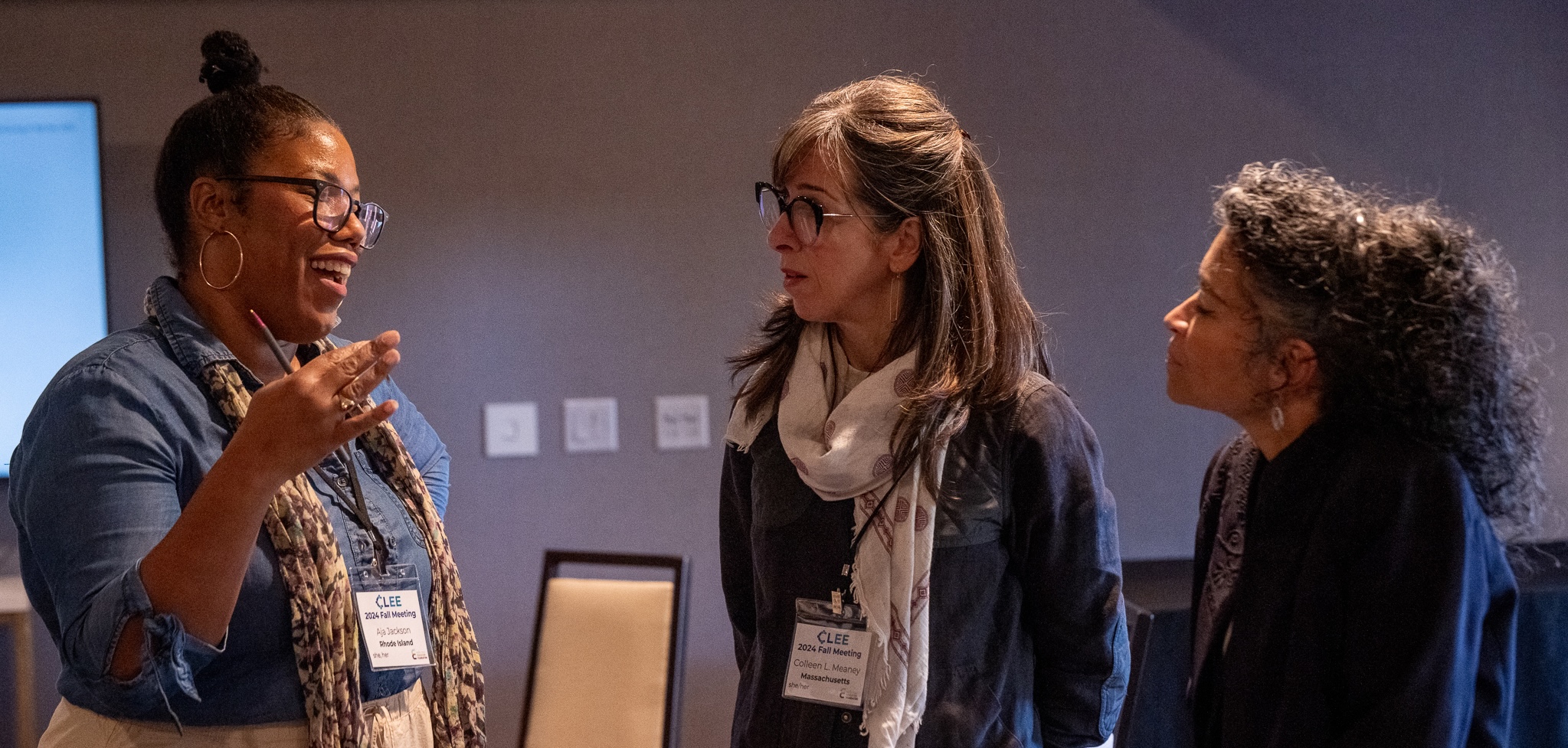“I do not have to do it all. That is great, because I cannot do it all.”
Leadership does not grow in isolation. It develops through trust, collaboration, and the willingness to share responsibility. Leaders in our recent USDOE grant-funded Equity Leadership Accelerator Program reflected on how their perspectives shifted from carrying the work of student-focused improvement alone to cultivating leadership in others. One principal explained: “In my first year, I felt like a lot of the responsibility for ensuring equitable outcomes rested with administration. [But]I found that there are people in the building who had goals that were aligned with equity. The shift in my thinking was, ‘I do not have to do it all. That is great, because I cannot do it all.’”
Building Shared Leadership
Participants described growing confidence as they engaged others in the work to improve outcomes for all students. “I feel like we always thought about equity, but I feel like I have a deeper understanding of what that looks like and feels like.”
Leadership became a collective practice rather than a solo effort. One aspiring principal fellow noted: “It was really nice to not feel alone in the work we are doing. It felt like I was in this work with other people who had a similar vision.” Another fellow reflected: “It pushed me to think more deeply about how I am showing up as a leader and how I can help others lead too.”
Community and Confidence
Leaders drew strength from collaborative networks that reinforced their values and supported their growth. One participant shared: “I would come to meetings with a dilemma, and we could discuss and problem-solve together. That was really helpful.” Another explained the impact of peer and mentor support: “Between my mentor, my coach, and CLEE staff my questions were always answered. My concerns were always addressed. I am not used to that level of support.”
Through shared learning, shared leadership becomes more deliberate, data-informed, and student-focused. One fellow observed: “It was not a secret that certain populations of students did not achieve at the same levels, but I did not realize how drastically different the results were for some student groups.” Another noted the power of improvement cycles: “It is always going to be a continuous cycle, and being able to back those changes up with numbers is a really powerful way to ensure equity.”
By learning together and sharing responsibility, participants cultivated both skill and confidence – in themselves and in others.
Looking Ahead
The most lasting insight was clear: leadership is not a solo act. By sharing responsibility and centering student impact, leaders cultivate collective ownership and build confidence in themselves and their teams.
Next Steps: Build Your Leadership Practice
You don’t have to be part of a grant program like ELAP to benefit, CLEE offers open programs designed to fit your time, budget, and goals. Two powerful starting points are CLEE Fall Meeting, an immersive two-day in-person gathering of educators and leaders from across the country, and Introduction to Adult Facilitation, a flexible online course that equips you with tools to lead collaborative adult learning communities. You can also explore additional opportunities: Facilitator Training or Community of Practice. Each session will deepen your skills, expand your network, and strengthen your ability to collaborate to impact student outcomes.

